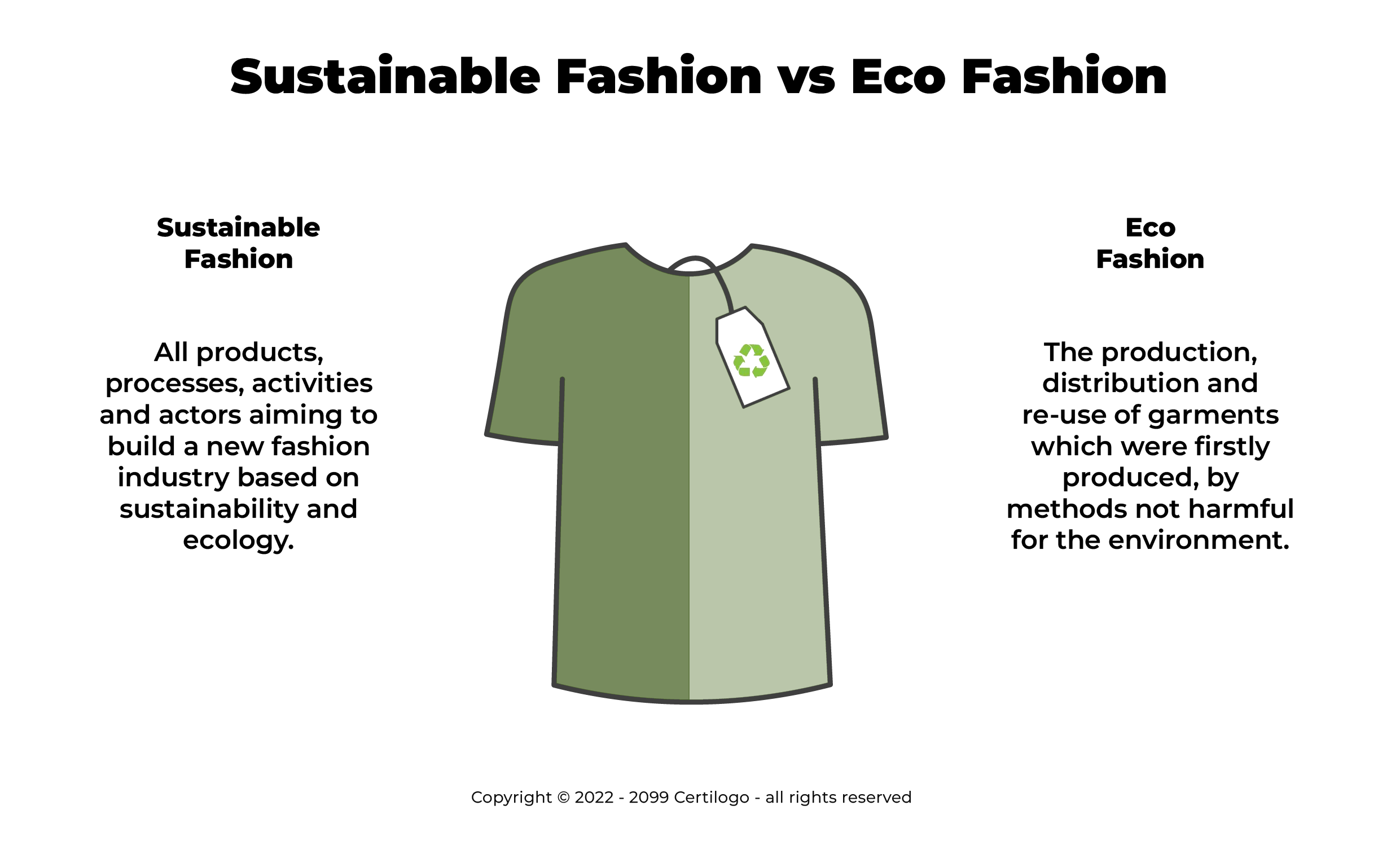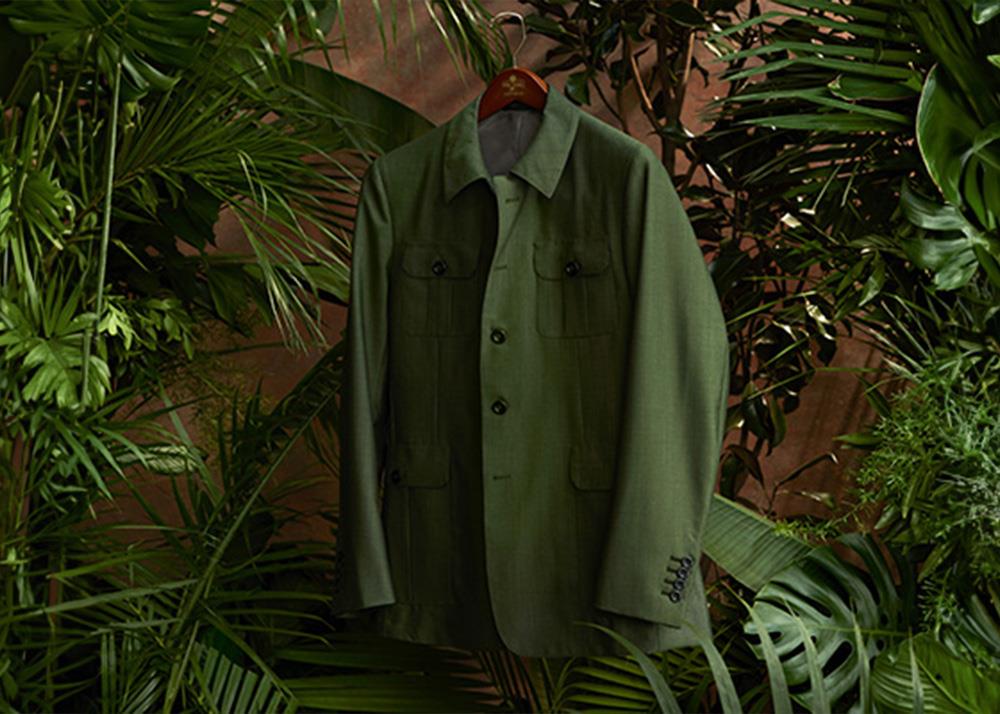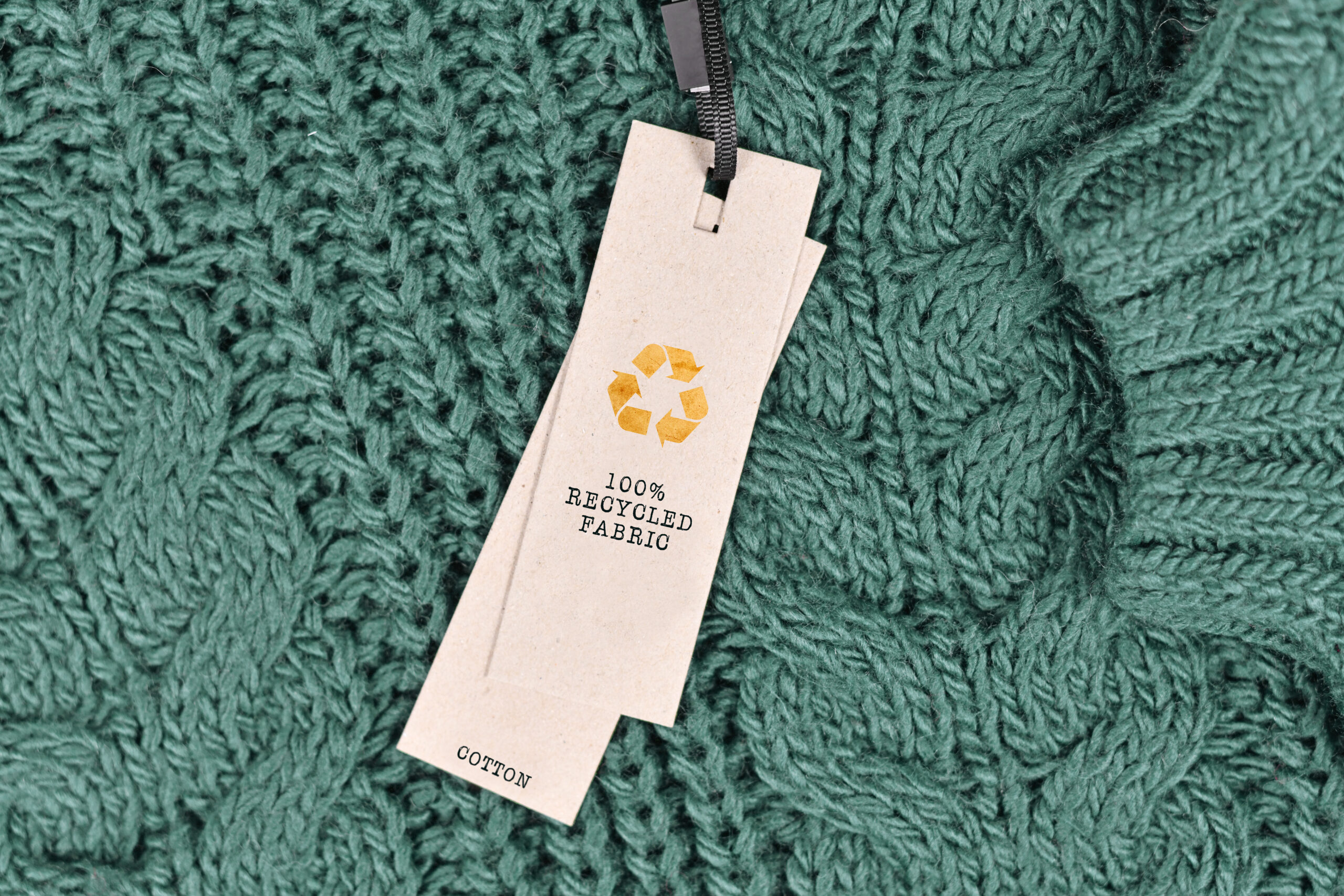Exactly How Cape Town Sustainable Fashion is Forming Eco-Conscious Buying
Exactly How Cape Town Sustainable Fashion is Forming Eco-Conscious Buying
Blog Article
Remain Ahead of the Contour by Discovering Cutting-edge Fashion Trends
In a market as vibrant as style, staying in advance includes greater than just complying with present trends-- it requires an exploration of development. Smart textiles, as an example, are transforming garments into functional work of arts, while 3D printing is reinventing layout procedures with its personalized, waste-reducing capabilities. As sustainability ends up being a foundation, advancements like eco-friendly products and round style practices are reshaping ecological duty - Cape Town Sustainable Fashion. In addition, the merging of innovation and style heralds a new age of consumer involvement. Just how, after that, can these emerging fads redefine the future of fashion, and what implications do they hold for brands looking for to grow in this evolving landscape?

Welcoming Smart Textiles
In recent times, the style market has observed a transformative change with the integration of clever fabrics, a sophisticated technology that blends modern technology with material. This development stands for not only a fusion of appearances and functionality yet also a significant jump towards sustainability and customization in fashion. Smart textiles, additionally referred to as e-textiles, installed innovative electronic devices such as sensing units and conductive threads within the material, allowing garments to communicate with the environment or the wearer.
These textiles are created to keep track of physical criteria, such as heart rate or body temperature level, offering real-time wellness analytics. Beyond health applications, clever fabrics are additionally being made use of for adaptive clothing, which can transform color or pattern in action to ecological stimuli, therefore providing a dynamic fashion experience.
Furthermore, the advancement of energy-harvesting fabrics that create power from motion or sunlight is leading the way for self-sufficient wearable modern technology. This innovation is appealing to eco mindful customers and developers intending to lower the ecological impact of style. As r & d in this area advancement, wise fabrics are expected to end up being progressively prevalent, reshaping the landscape of modern-day style with their multifunctional capabilities.
The Increase of 3D Printing
Changing the production landscape, 3D printing has actually arised as a game-changer in the fashion business. This advanced innovation has allowed designers to push the limits of imagination, generating intricate and customized garments that were formerly unimaginable. By leveraging digital style and additive manufacturing, 3D printing promotes the production of complicated geometries and patterns, allowing developers to explore brand-new appearances and structures.
A notable benefit of 3D printing in style is its capability to produce on-demand, minimizing waste and minimizing stock needs. This efficiency not just optimizes production procedures however likewise enables rapid prototyping, enabling developers to bring their visions to life in a much shorter duration. Furthermore, 3D printing sustains modification to a degree unrivaled by traditional techniques, offering one-of-a-kind layouts and customized fits tailored to specific customer choices.
The surge of 3D printing has actually additionally equalized style, making it obtainable to emerging designers who can now fabricate high-quality pieces without considerable monetary investment in traditional manufacturing framework. As modern technology remains to advancement, the apparel industry is poised to harness the full potential of 3D printing, exploring brand-new materials and techniques that will unquestionably redefine how fashion is developed and generated.
Sustainable Fashion Advancements
As the fashion sector grapples with journalism demand for environmental obligation, lasting style technologies have emerged at the forefront of transformative modification. The growing awareness of eco-friendly effect has actually fueled a change towards even more Web Site eco-conscious techniques and materials. Brands and designers are currently focusing on sustainability, integrating methods that minimize waste and lower carbon impacts.
One substantial development is the surge of circular fashion, which stresses recycling and upcycling to expand the lifecycle of garments. This technique not only lowers waste however likewise urges consumers to take on a much more mindful technique to clothing usage.
An additional innovation hinges on the fostering of cutting-edge dyeing methods that utilize natural dyes or waterless processes, consequently lowering the vast amounts of water and chemicals commonly made use of in fabric dyeing. Furthermore, improvements in biotechnology have caused the creation of lab-grown natural leather and fabrics, using ecologically pleasant and cruelty-free choices to standard products. Through these pioneering efforts, the fashion business is making purposeful strides in the direction of a much more sustainable future.

Tech-Integrated Clothing
Tech-integrated clothing stands for a groundbreaking combination of fashion and modern technology, improving exactly how individuals communicate with their apparel. This innovative domain name is noted by the incorporation of smart textiles and ingrained electronic elements, improving both capability and aesthetic allure. From physical fitness trackers installed in sports apparel to warmed jackets regulated through smart device applications, tech-integrated garments uses consumers extraordinary ease and flexibility.
Pioneering brands are driving this pattern, concentrating on creating garments that react to ecological stimuli or individual commands. As an example, some garments can change shade or pattern in reaction to temperature level shifts, while others include biometric sensors to monitor wellness metrics like heart rate or anxiety degrees. The smooth combination of modern technology right into fabrics likewise prolongs to environmental sustainability, with initiatives to create self-cleaning fabrics or garments that adapt to weather, therefore lessening the demand for numerous layers.
Moreover, the advent of wearable technology is not simply limited to clothing however encompasses accessories like watches and eyewear, additional broadening the scope of tech-integrated style. As the market continues to introduce, the possibility for personalization and customization in apparel expands, providing customers special, tech-enhanced fashion experiences that satisfy their individual requirements and choices.
Future of Virtual Fashion
In recent times, the future of online style has actually become a transformative pressure within the industry, leveraging developments in electronic technology to redefine just how fashion is created, experienced, and consumed. By integrating augmented truth (AR), digital truth (VIRTUAL REALITY), and 3D style devices, developers can now craft immersive and interactive experiences that go beyond conventional fashion limits. Virtual fashion permits for the production of garments that exist entirely in electronic environments, offering endless opportunities for advancement without the limitations of physical production.
This electronic change not only presents possibilities for creative expression but additionally Click This Link addresses sustainability concerns fundamental in traditional style methods. Cape Town Sustainable Fashion. By removing the demand for physical sources, online style reduces waste and lessens carbon footprints. Furthermore, the surge of online fashion aligns with the enhancing customer need for personalized and one-of-a-kind experiences, as online garments can be customized and customized to private choices with ease

Conclusion
The garment industry's future lies in the integration of sustainable practices and cutting-edge innovations - Cape Town Sustainable Fashion. Smart fabrics and tech-integrated apparel are improving performance, while 3D printing uses possibilities for personalization and waste decrease. Sustainable style, through eco-friendly materials and round methods, shows a dedication to environmental stewardship. Additionally, virtual style is poised to redefine customer interactions. Adjusting to these trends is necessary for brands seeking to remain pertinent and competitive in this swiftly evolving landscape.
In recent years, the fashion sector has witnessed a transformative shift with the combination of clever textiles, a sophisticated advancement that blends technology with material.As top article the fashion industry grapples with the pressing demand for ecological responsibility, sustainable fashion advancements have emerged at the leading edge of transformative adjustment.In recent years, the future of digital style has arised as a transformative pressure within the industry, leveraging innovations in electronic modern technology to redefine exactly how fashion is produced, experienced, and consumed. The rise of digital fashion straightens with the enhancing consumer need for tailored and special experiences, as digital garments can be tailored and tailored to private choices with simplicity.
The fashion market's future lies in the assimilation of lasting methods and ingenious technologies.
Report this page